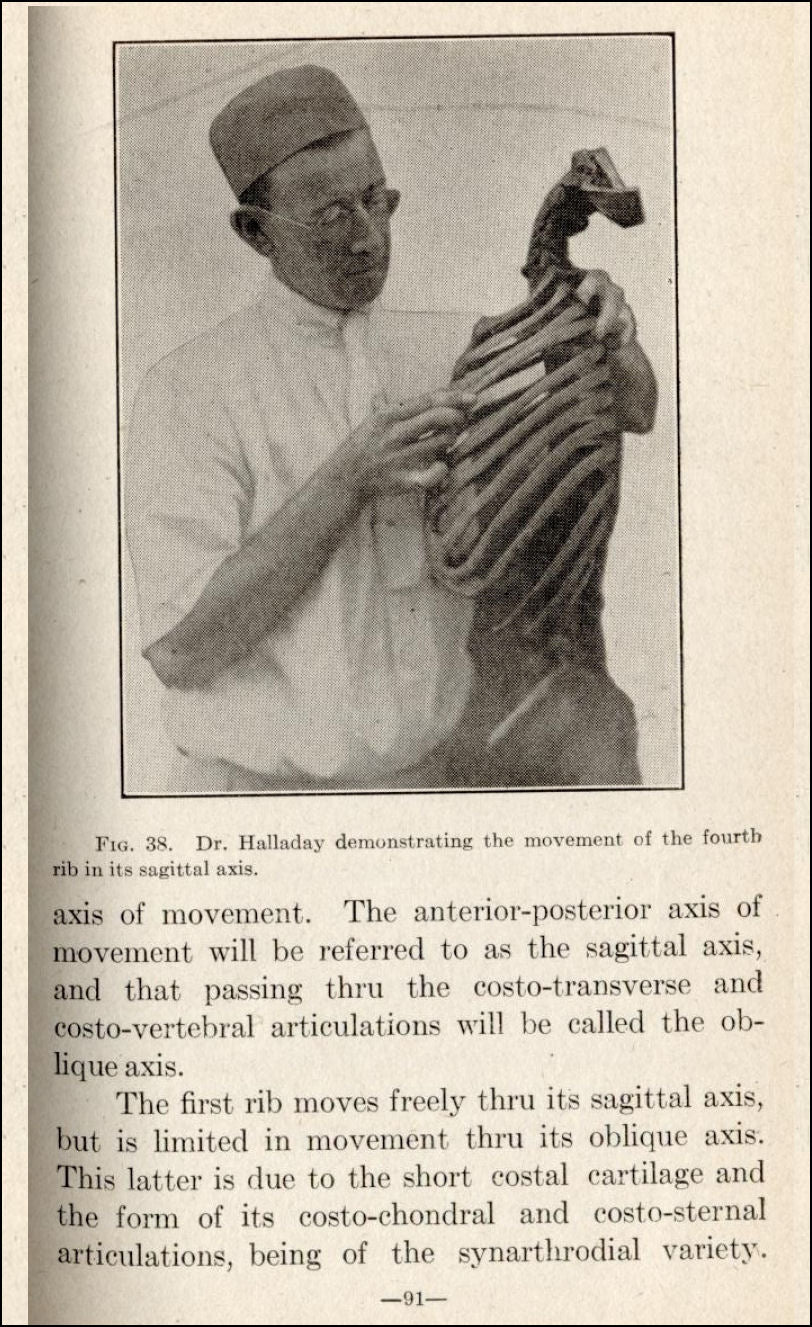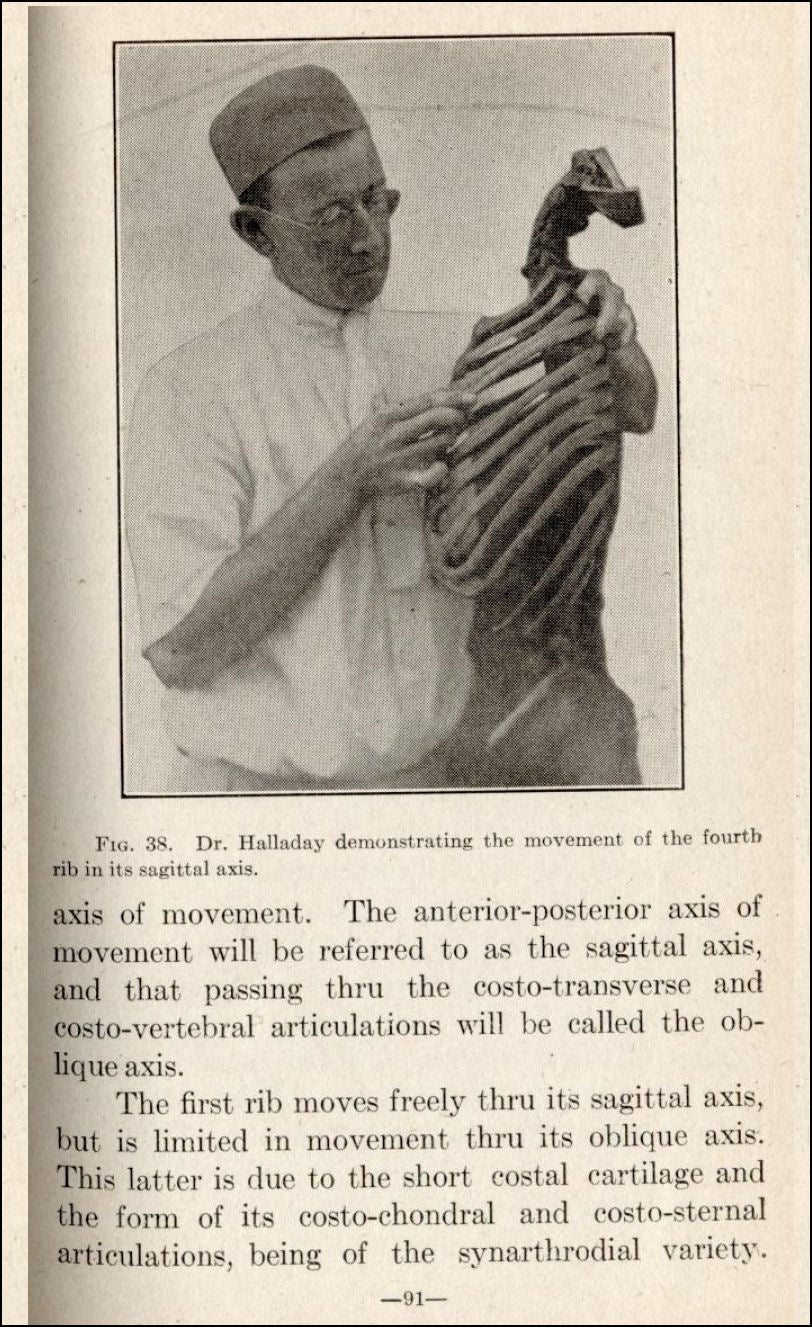- Sku:
- Vendor: Body of Elements
Applied Anatomy of the Spine eBook
$1.50 USD
Shipping calculated at checkout.
Applied Anatomy of the Spine By Dr. H V Halladay
Published 1920, Scan of original book in PDF format, 205 pages.
Instant Download in PDF format.
Contents
• The Occipital-atlantal Articulation
• The Atlanto-axial Articulation
• The Typical Cervical Region
• The Dorsal Region
• The Ribs and Sternum
• The Lumbar Region
• The Sacral and Coccygeal Regions
• The Cranial Nerves
• The Spinal Nerves
• The Involuntary Nervous System
APPLIED ANATOMY OF THE SPINE, BY H. V. HALLADAY, D. 0.
Published 1920, Scan of original book PDF format, 205 pages.
PREFACE
The introduction of the anatomical exhibit, an idea ingeniously conceived by Dr. H. V. Halladay and demonstrated by him and his assistants, as a feature of the program of the annual A. 0. A. Convention, marked the beginning in osteopathic history, of a new chapter, which each year opens up new vistas and shows that osteopathy, although in its infancy, is responding to the stimulus given it by such work as Dr. Halladay's.
The anatomical department of the A. O. A. Convention program, in charge of Dr. Halladay, had its inception at Columbus, Ohio, in 1917, when much interest was aroused in the unique dissections discussed in the series of lectures on Applied Anatomy given by him and his assistants. The following year at Boston, this department won further praise, but a grand climax was achieved at the 1919 convention in Chicago, when the anatomical exhibit consisted of a spine with all its articulations (vertebral, occipital, costal, and iliac) and ligaments intact and possessing the same movements and to the same degree as the spine of a living being. To say that the exhibit at Chicago made a profound impression upon the profession is putting it mildly. The movements of the spine were so clearly demonstrated that one could see just what happened at a given articulation, thus affording a means of criticizing methods of spinal adjustment long in vogue and enabling the practician to visualize the lesion and to determine better the proper procedure for correction.
Looking at Dr. Halladay's work in retrospect, one sees that it has been evolutionary in character and that it has been developed with a certain end in view. This volume, Applied Anatomy of the Spine, is the logical outcome of the work of years, but it is not the end of that work. it is rather an earnest of further good things to come. It is what it purports to be, an applied anatomy of the spine, the subject being treated under the following subdivisions in connection with each articulation, namely: anatomy, movements, diagnosis, and structures affected. The real value of the work lies in the fact that it is the first osteopathic text (and we believe the first text of any kind) that describes the movements of each spinal articulation, giving the character and range of movement, and in which the statements made are based on laboratory findings. Heretofore it has been necessary for the osteopathic profession to accept almost without question the statements of medical text books as to the range and nature of spinal movements.
Have a question?



Applied Anatomy of the Spine eBook
$1.50 USD




